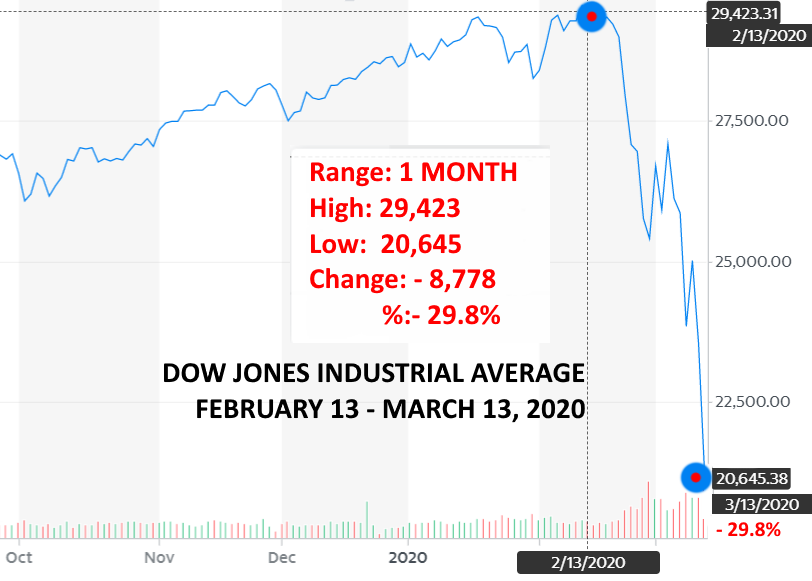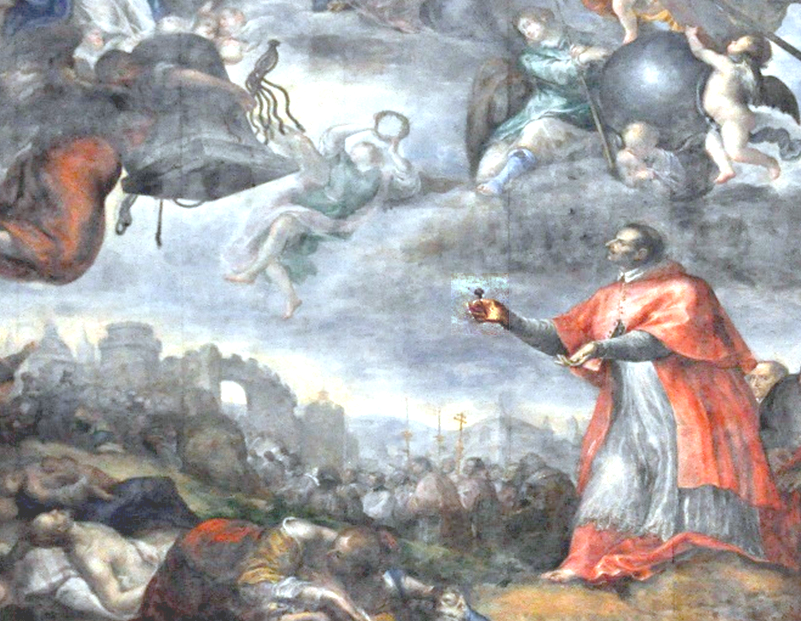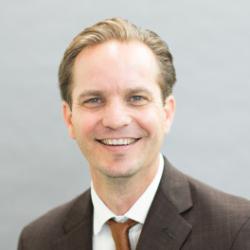When the Israelites wondered aimlessly in the desert, often they got lost, were scared and worshiped false idols to abate their worries. They abandoned Yahweh, but the Lord did not reciprocate. Rather, he stood steadfastly by his chosen people, and demanded they walk straight, heads up and remain focused, trusting him completely, for soon would reach the coveted Promised Land.
The Old Testament Covenant provided God’s chosen people with the gift of theological hope which the Israelite nation collectively relied on to persevere through thirst and hunger, disease and death to eventually reach their destination and well beyond.
In hindsight, and by modern travel standards, the land of milk and honey was geographically very close, an hour or two away by plane. Not so distant. While the ancient Israelites didn’t know this, they still hoped and trusted in God. They believed their blessed home wasn’t too far away and they eventually got there.
Today we wander lost in our own spiritual desert. The world seems totally blown off course while fleeing in panic during the latest flu epidemic. Most believe they will die, even if they enter a church, share a sign of peace and receive the sacraments.
Added to the drama, today the dreaded and unfortunate Friday the 13th, we painfully watch signs of desperation within the Church (suspended worship and closed churches in Rome) and with plummeting Wall Street. Resulting from poor spiritual health, the Dow mirrors such despair, with a suicidal drop over the last 30 days. Today it hit rock bottom after 29.8% freefall, a gobsmacking – 8,778 points.

What we do know for sure regarding losing trust in God our Protector is that people fall naturally headlong into trap of vicious psychological pessimism. If persistent, it becomes total panic . It is literally the dark night of the soul, the closest thing to hell on earth.
So what who we can turn to for inspiration to regain our theological hope in these challenging days? He is from Italy’s hardest hit city, Milan: Charles Borromeo and a saint with plague-defeating experience.
When Charles was Archbishop of Milan an unrelenting pestilence struck his city in the 1570s. Yet, did he close churches, chapels and flee from his faithful in hiding? Did he offer Eucharistic services online? No, no way, not even if he had the technology to do so! On the contrary, he stayed the course and trusted his Lord for deliverance. And it was the bubonic plague, after all, with boils and blackened skin and sickly thin bodies. We have never seen anything like it since AIDS. That 16th C. plague was an absolute monster whose unstoppably path wiped out millions (not a few thousand!) in Europe until it subsided decades later.
Charles showed us what it means to have the “the might and fight” of theological hope not the “fright and flight” of hopeless despair. The tough, upbeat and focused archbishop launched countless religious processions among Milan’s infested streets (though reasonably ordering faithful to keep a stick’s length apart), blessed the sick, distributed communion, and heard confessions on death beds. Charles exhausted his personal wealth (he was son of Lombardy’s richest noble family), buying food and medicine after tens of thousands of Milanese lost their businesses and went penniless. He also exhausted his physical self. He was tireless in his efforts, working day and night, month after month. Surely this was one of the reasons he died at the very young age of 46, having never looked after neither his own wealth nor his own health.
From Vaticannews, we learn that Charles’s work was so critical that his name would be forever associated with heroism in times of disease:
And Charles did not spare himself: faithful to his familial and episcopal motto Humiliates (“humility”), he visited and comforted the sick during the plague years of 1576 and 1577, spending all his wealth for their care. His presence among the people was so constant that this period would go down in history as “the plague of St Charles,” and in future ages, the great Italian novelist would speak of it in his masterpiece, The Betrothed.
To conclude, St. Charles Borromeo is our model of theological hope, especially in Italy where he’s a home-grown hero and who lived and triumphed in a relatable situation. A beautiful painting located in the Cathedral of Salamanca, Spain, shows his secret weapon of keeping trust and confidence in God. As he marches confidently among the plague’s victims, he is seen gripping a sharp nail. He liked to carry this with him to constantly remind himself of the very real sacrifice that he, like his Christ, would need to make in keeping with the New Convent.
Images: Wikicommons and YahooI!Finance (adapted screenshot)

